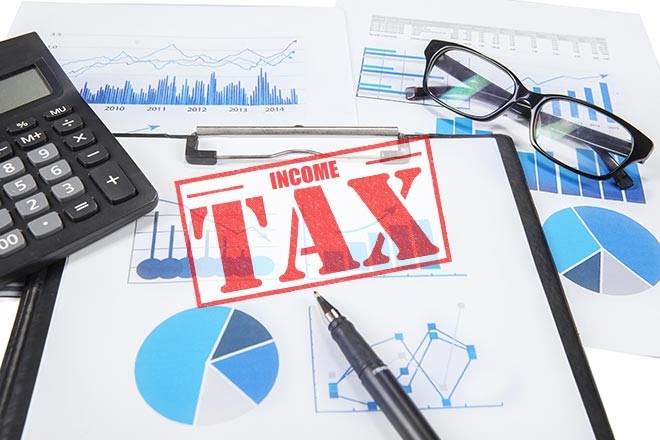ITR filing: The Income Tax Department has added a new schedule in the Income Tax Return (ITR) form for the assessment year 2023-24. This new schedule aims to help investors report their income from virtual assets. The name of this new schedule is Virtual Digital Assets (VDA). It will help cryptocurrency investors to report crypto income while filing the ITR for AY24.
Read More:-TDS vs TCS In India: What Is The Difference Between Tax Deduction & Tax Collection?
According to tax and investment experts, the Government of India (GoI) has levied a 30 per cent flat tax on income from virtual assets. They maintained that a virtual asset investor needs to maintain separate records for separate assets because income tax rules on virtual assets don’t allow setoff benefits.
How income tax rule apply to crypto income?
Speaking on the income tax rules relating to crypto income, Pankaj Mathpal, MD & CEO at Optima Money Managers said, “A crypto investor needs to maintain separate records for separate currencies. As per the income tax rules, an income tax payee can’t claim setoff benefit on losses incurred on its investments in virtual assets. So, an investor will have to pay 30 per cent tax on its income from the select cryptocurrencies without deducting the loss incurred on other assets.”
Read More:- Income Tax: ITR Filing By Individuals Grows 90 Percent To 6.37 Crore In Assessment Year 2021-22
On how to calculate income from crypto and other virtual assets, Pankaj Mathpal explained, “Suppose you earned ₹100 from select cryptocurrency investments and lost ₹80 on other crypto investments. Then you will have to pay 30 per cent of ₹100 earned on select cryptocurrencies. In case of other assets like stocks, an investor has to pay income tax on ₹20 ( ₹100 – ₹80) claiming setoff benefit.”
Apart from this income tax calculation rule, there are some other precautions that an income tax payee should be vigilant about.
Read More:-10 things to do with your credit cards to maximise your savings
VDA schedule
On how to report crypto income after the addition of the VDA schedule in ITR form, Archit Gupta, Founder & CEO at Clear said, “VDA schedule is inserted in Schedule CG (Capital Gains). A quarterly breakup of the VDA income is also required as per the new form. Schedule VDA in the case of ITR-3 has two heads of income options. So, a user can choose to either report the income as Capital Gains or as business income. Taxpayers need to be careful that no matter how they report, only the cost of acquisition is allowed to be deducted from the sale price.”
Read More:- GST departments on an overdrive with notices and summons
“The first and most important thing for taxpayers is to create a crypto P&L report. Then from this report, they can begin to populate their ITR. It’s recommended that they do both P&L as well as compliance on filing the ITR schedules. The schedules will be complex if taxpayers have multiple crypto transactions, a large number of TDS entries, airdrops, or are looking at maximizing tax saving,” Archit Gupta of Clear concluded.

































